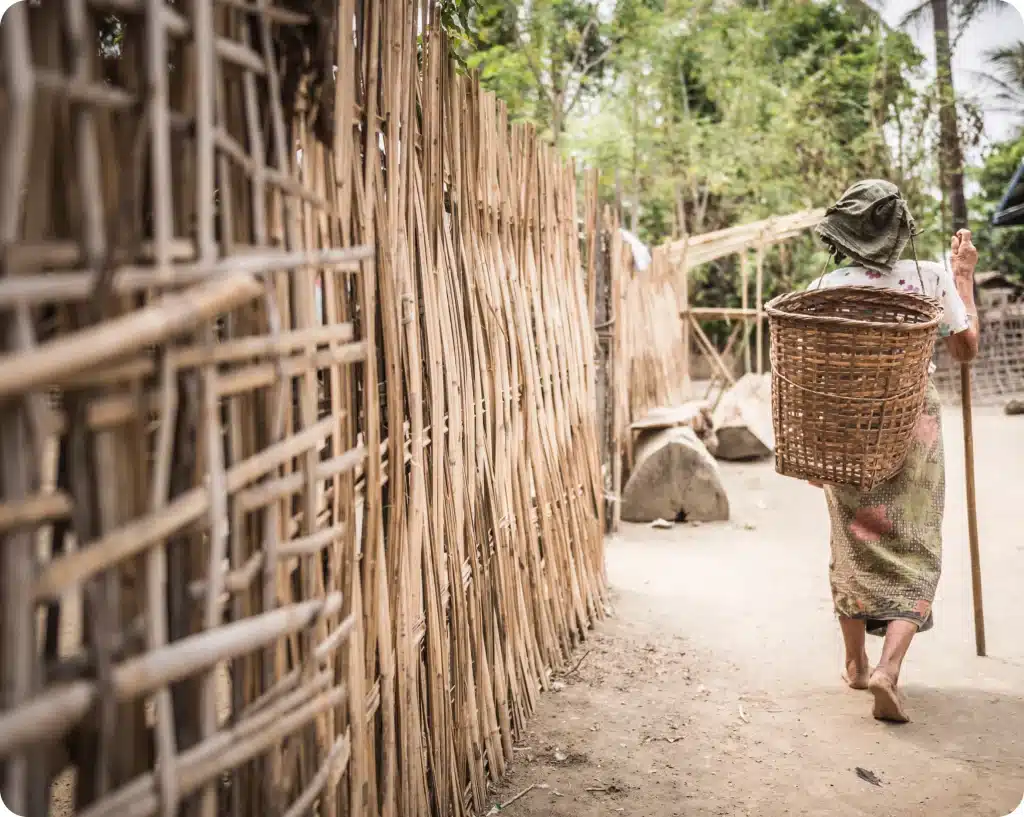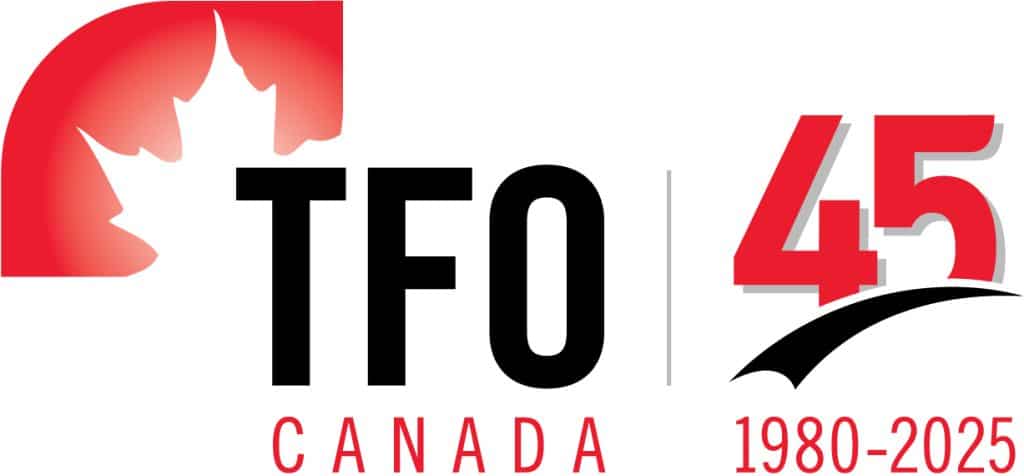CANADIAN BUYERS
TFO Canada provides services to exporters from developing transition economy countries according to Global Affairs Canada’s list of “Countries and territories eligible for Canadian development assistance”. Forty-eight of these countries are officially considered Least Developed Countries (LDCs) and receive LDCT (LDC Tariff) Treatment. All products from these countries with the exception of dairy, poultry and eggs, can enter Canada tariff and quota-free. To qualify, exporters must satisfy legal requirements respecting rules of origin, certification of origin and direct shipment. For textiles and apparel, the government of the beneficiary country must also sign a Memorandum of Understanding with the Government of Canada.
Importers are increasingly turning to developing and transition economy countries as viable alternative sources of supply. Canada’s level of imports from developing nations has increased 70% from 1999 to 2004. Imports from LDCs, although still very modest, have more than tripled in the same time period. While the majority of these imports (from LDCs) are in commodities such as crude oil, aluminum ore and rubber, consumer goods are occupying an increasing volume involving items such as textiles, apparel, food products, tableware, kitchenware, headwear, carpets, electrical and electronic equipment, sporting goods and jewelry.
Obviously, much of the increase in LDC imports can be attributed to lower costs of goods due to duty and quota free access to the Canadian market (prices are also lower from these regions due to lower wages, raw material and other inputs costs and other costs of production). But the increase is also reflective of how suppliers from these countries and other developing nations are becoming more efficient players in the global marketplace, providing good alternatives to traditional sources of supply. Developing nations are gradually assuming some of the traditional production role in the world as economies in the developed world move away from traditional manufacturing and towards services. Growing competition, technical knowledge transfer, and other facets of global trade are having a positive effect on developing markets, leading to the continued improvement of production and delivery of quality goods which in turn become increasingly attractive to importers in developed markets.
Other benefits of importing from developing countries include:
More competitively priced products for consumers;
Lower-cost production inputs for Canadian manufacturers;
Diversity of supply (ethnic, gourmet food, home décor, etc);
Products specific for growing ethnic markets;
Creative designs based on traditional skills (artisanal products, textiles, jewelry);
Supply often of complimentary nature to local supply or traditional origin (especially relevant in fresh fruits and vegetables);
Developed manufacturing base (for production of traditionally imported goods: garments, giftware)
Access to raw materials;
Geographic proximity with some countries (Latin American suppliers, for example);
Traditional/experienced suppliers in certain sectors (e.g. suppliers in Asia for garment sector).
There are certain threats and risks that must also be considered when accessing trade with suppliers from developing nations. These include, but are not limited to:
Political, economic and/or social stability
Supply constraints (quality, quantity)
Outstanding anti-dumping or countervailing duties applied (CITT Guide)
Lack of certain standards compliance (certification)
Climate vulnerability
Administrative procedures, bureaucracy
Communications (infrastructure and practices)
For more info on sourcing internationally you are invited to download the following documents with suggestions on ways, means and contacts for sourcing international suppliers:
Sourcing International Suppliers
Due Diligence
Credit Checking Agencies (Source: Credit Worthy Website)
Dispute Resolution
Doing Business Virtually in Ukraine: A Checklist for Canadian Buyers
CANADIAN BUYERS
TFO Canada provides services to exporters from developing transition economy countries according to Global Affairs Canada’s list of “Countries and territories eligible for Canadian development assistance”. Forty-eight of these countries are officially considered Least Developed Countries (LDCs) and receive LDCT (LDC Tariff) Treatment. All products from these countries with the exception of dairy, poultry and eggs, can enter Canada tariff and quota-free. To qualify, exporters must satisfy legal requirements respecting rules of origin, certification of origin and direct shipment. For textiles and apparel, the government of the beneficiary country must also sign a Memorandum of Understanding with the Government of Canada.
Canada’s Expanding Import Strategy: Leveraging Developing Nations as Key Supply Sources
Importers are increasingly turning to developing and transition economy countries as viable alternative sources of supply. Canada’s level of imports from developing nations has increased 70% from 1999 to 2004. Imports from LDCs, although still very modest, have more than tripled in the same time period. While the majority of these imports (from LDCs) are in commodities such as crude oil, aluminum ore and rubber, consumer goods are occupying an increasing volume involving items such as textiles, apparel, food products, tableware, kitchenware, headwear, carpets, electrical and electronic equipment, sporting goods and jewelry.


“Shifting Global Trade Dynamics: The Rising Efficiency and Competitiveness of Developing Nations in the Global Supply Chain”
Obviously, much of the increase in LDC imports can be attributed to lower costs of goods due to duty and quota free access to the Canadian market (prices are also lower from these regions due to lower wages, raw material and other inputs costs and other costs of production). But the increase is also reflective of how suppliers from these countries and other developing nations are becoming more efficient players in the global marketplace, providing good alternatives to traditional sources of supply. Developing nations are gradually assuming some of the traditional production role in the world as economies in the developed world move away from traditional manufacturing and towards services. Growing competition, technical knowledge transfer, and other facets of global trade are having a positive effect on developing markets, leading to the continued improvement of production and delivery of quality goods which in turn become increasingly attractive to importers in developed markets.
Other benefits of importing from developing countries include:

01
More competitively priced products for consumers
02
Lower-cost production inputs for Canadian manufacturers
03
Diversity of supply (ethnic, gourmet food, home décor, etc)
04
Products specific for growing ethnic markets
05
Creative designs based on traditional skills (artisanal products, textiles, jewelry)
06
Supply often of complimentary nature to local supply or traditional origin (especially relevant in fresh fruits and vegetables)
07
Developed manufacturing base (for production of traditionally imported goods: garments, giftware) Access to raw materials;
08
Geographic proximity with some countries (Latin American suppliers, for example);
09
Traditional/experienced suppliers in certain sectors (e.g. suppliers in Asia for garment sector)
There are certain threats and risks that must also be considered when accessing trade with suppliers from developing nations.
These include, but are not limited to:
- Political, economic and/or social stability
- Outstanding anti-dumping or countervailing duties applied (CITT Guide)
- Administrative procedures, bureaucracy
- Supply constraints (quality, quantity)
- Lack of certain standards compliance
(certification) - Communications (infrastructure and practices)

For more info on sourcing internationally you are invited to download the following documents with suggestions on ways, means and contacts for sourcing international suppliers

